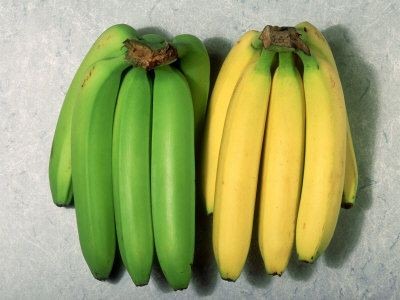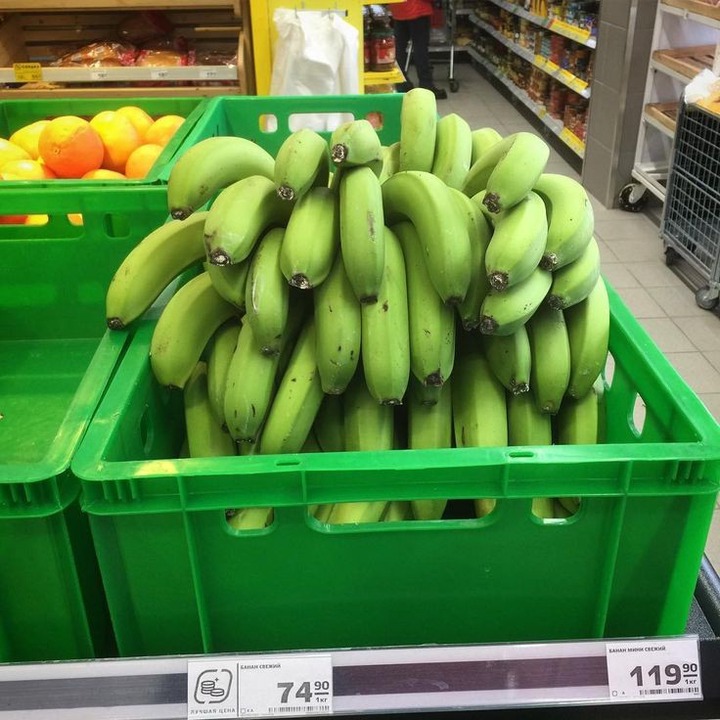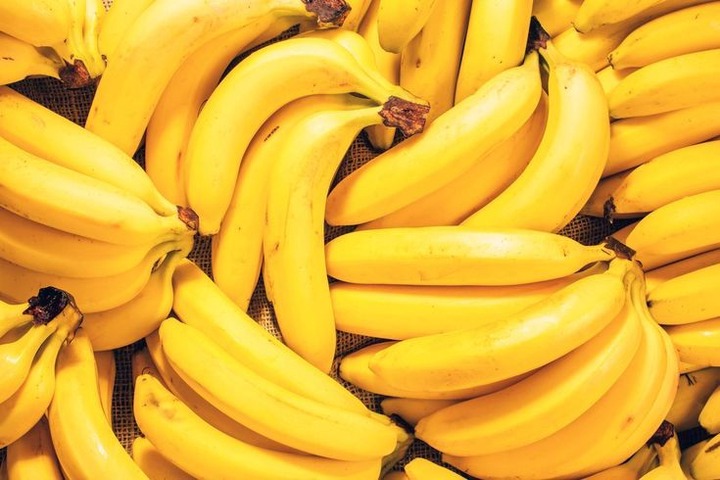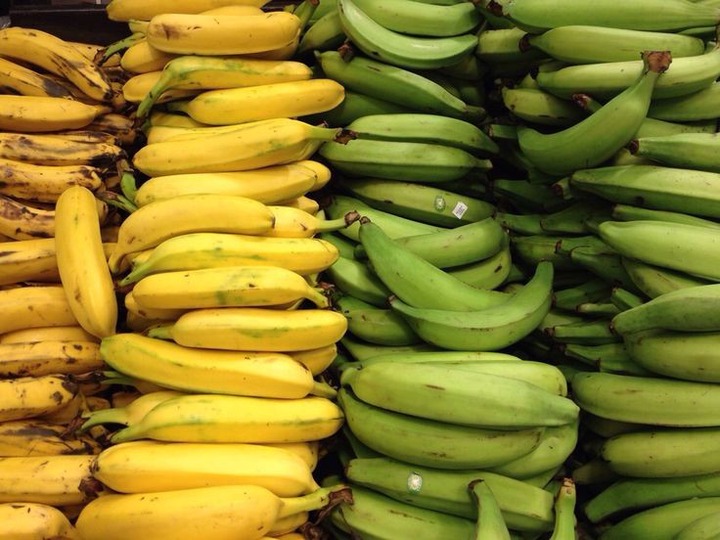Bananas are one of the most popular fruits on the planet, containing several essential nutrients which have been found to rub off on the health of humans in significantly positive ways. Their consumption has been linked to several health benefits, including the lowering of blood pressure, as well as the reduction of the risk of certain cancers. They also possess a rich nutrient portfolio as they contain essential nutrients such as protein, fat, fibre, vitamin B6, vitamin C, manganese, copper, magnesium, and potassium. These nutrients all ensure that bananas enjoy huge popularity amongst humans.
Bananas are often eaten raw or combined with other food items to make fruit juice or smoothies. Additionally, bananas can be consumed ripe, when they have turned to soft, yellow fruit, or consumed unripe when are still hard and green. The choice of whether to eat the ripe or unripe plantain revolves chiefly on the nutritional and health needs of an individual, but many people often seem to prefer the ripe, yellow banana to the unripe, green one. This is perhaps, due to the sweet taste of the ripe one and its versatility when it comes to being easily combined with other foods.
 However, beyond the difference in the taste of the two, are there other significant differences between the ripe and the unripe bananas and which one is more beneficial to the body? Answers to those questions are answered below as we examine a few of the major differences between the ripe and unripe banana:
However, beyond the difference in the taste of the two, are there other significant differences between the ripe and the unripe bananas and which one is more beneficial to the body? Answers to those questions are answered below as we examine a few of the major differences between the ripe and unripe banana:
1. Yellow or ripe bananas contain more sugar, which can be easily absorbed than starch, while the sugar content of unripe plantain is relatively lower.
2. Fully ripe bananas also possess a higher glycaemic index (GI), which may cause your blood sugar to rise, whereas, green, unripe plantain contains a lesser glycaemic index (GI), which means it doesn’t raise blood sugar as much as the ripe bananas do.
 View pictures in App save up to 80% data.
View pictures in App save up to 80% data.
3. Green or unripe bananas contain less sugar but compensate for this lesser sugar content with a high content of resistant starch. Ripe bananas, on the other hand, have a low content of resistant starch.
4. Due to its high resistant starch content, unripe or green bananas are more suitable to people with type 2 diabetes than ripe ones, which can increase blood sugar levels.
Photo Illustration Of The Ripe Bananas View pictures in App save up to 80% data.
View pictures in App save up to 80% data.
In conclusion, both ripe (yellow) and unripe (green) bananas are highly nutrient-dense and none, according to nutritionists, is better in terms of their nutrient composition. However, unripe bananas may be more beneficial to people with high blood sugar i.e diabetes due to their high resistant starch content which may help bring down blood sugar levels, unlike the ripe bananas that can quickly raise blood sugar levels.

 Football2 days ago
Football2 days ago
 Business1 week ago
Business1 week ago
 Business1 week ago
Business1 week ago
 Education1 week ago
Education1 week ago
 Crime1 week ago
Crime1 week ago
 Covid-191 week ago
Covid-191 week ago
 Latest6 days ago
Latest6 days ago
 Business1 week ago
Business1 week ago

